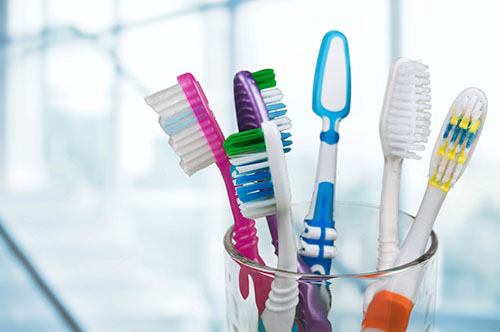Love it, actually look forward to going to see the dentist, 10/10, it’s like a mouth massage

Brushing your teeth is something most of us learned as kids, so it feels like second nature. But here’s the catch: just because it’s routine doesn’t mean it’s always done correctly. Small mistakes in technique or timing can quietly add up, leaving your teeth and gums less protected than you think. The good news? With a few simple adjustments, you can make your brushing routine far more effective.
1. Rushing Through It
It’s easy to dash through brushing, especially during busy mornings or late nights. But if you’re spending less than two minutes, you’re likely leaving plaque behind.
Fix it: Give yourself a full two minutes. Try dividing your mouth into four sections and brushing each for about 30 seconds. Some people play a song, others use an electric toothbrush with a built-in timer. Whatever helps you slow down is worth it.
2. Forgetting the Gumline
Most plaque builds up right where the tooth meets the gum, yet many people only brush the flat surfaces of their teeth. That’s like cleaning the kitchen counters but ignoring the edges where crumbs pile up.
Fix it: Angle your toothbrush slightly toward your gums and use gentle, sweeping motions along that border. This clears out the spots most prone to irritation and gum disease.
3. Using the Wrong Toothbrush
All toothbrushes aren’t created equal. Hard bristles may feel like they “scrub” better, but they can actually wear down enamel and cause gums to recede. On the flip side, an old, frayed toothbrush barely cleans at all.
Fix it: Choose a soft-bristled brush and replace it every three to four months—or sooner if the bristles start to bend. A fresh, soft brush is far more effective (and gentler) than a worn-out stiff one.
4. Skipping the Hard-to-Reach Spots
It’s tempting to focus on the teeth you see in the mirror—the front ones. But your molars do most of the chewing and are the teeth most likely to get cavities. Neglecting them leaves food particles and bacteria behind.
Fix it: Spend extra time on your back teeth. Tilt your brush to reach all surfaces: outer, inner, and the chewing tops. Think of it as giving your molars a little extra TLC—they need it.
5. Brushing at the Wrong Time
Brushing right after meals, especially after acidic foods or drinks, can do more harm than good. Enamel temporarily softens from the acid, and brushing too soon can wear it away.
Fix it: Wait about 30 minutes after eating before brushing. In the meantime, rinse with water to wash away food particles. This gives your enamel a chance to recover and makes brushing safer.
Brushing every day is important—but brushing the right way is what really keeps your teeth strong and your gums healthy. By slowing down, paying attention to your gumline, using the right toothbrush, reaching every tooth, and brushing at the right time, you’ll make your daily routine far more powerful. Pair that with flossing and regular dental visits, and your smile will thank you for years to come.
We can share personalized tips during your next checkup. Call Levenson Smile at 508-422-5044 for an appointment in Worcester, MA. You can also schedule online.



